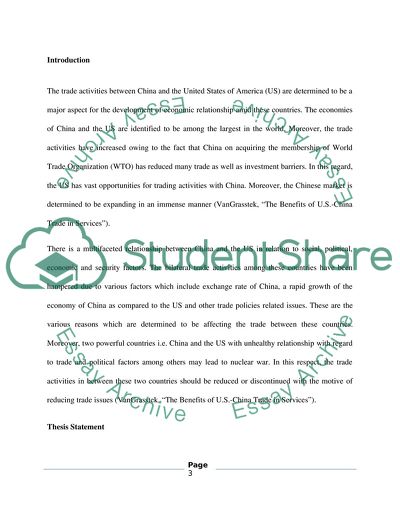Cite this document
(Should the US Continue Trade with China Case Study, n.d.)
Should the US Continue Trade with China Case Study. https://studentshare.org/macro-microeconomics/1799373-should-us-continue-trade-with-china
Should the US Continue Trade with China Case Study. https://studentshare.org/macro-microeconomics/1799373-should-us-continue-trade-with-china
(Should the US Continue Trade With China Case Study)
Should the US Continue Trade With China Case Study. https://studentshare.org/macro-microeconomics/1799373-should-us-continue-trade-with-china.
Should the US Continue Trade With China Case Study. https://studentshare.org/macro-microeconomics/1799373-should-us-continue-trade-with-china.
“Should the US Continue Trade With China Case Study”. https://studentshare.org/macro-microeconomics/1799373-should-us-continue-trade-with-china.


